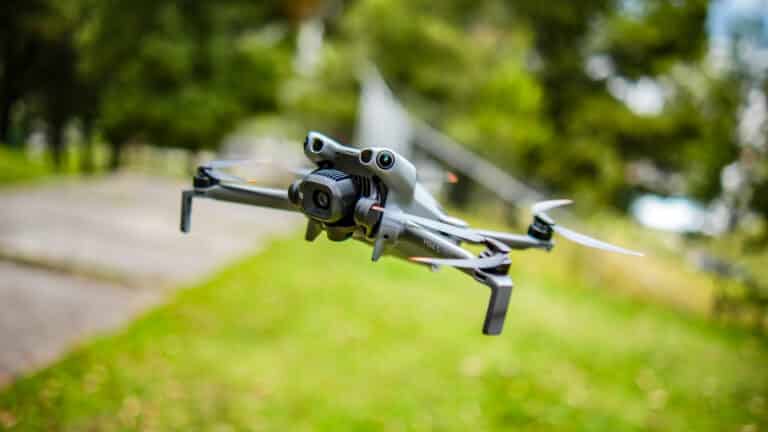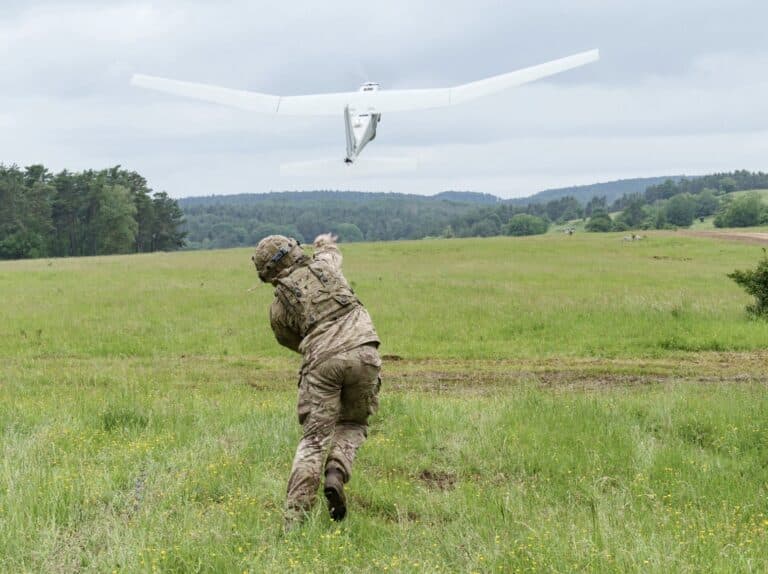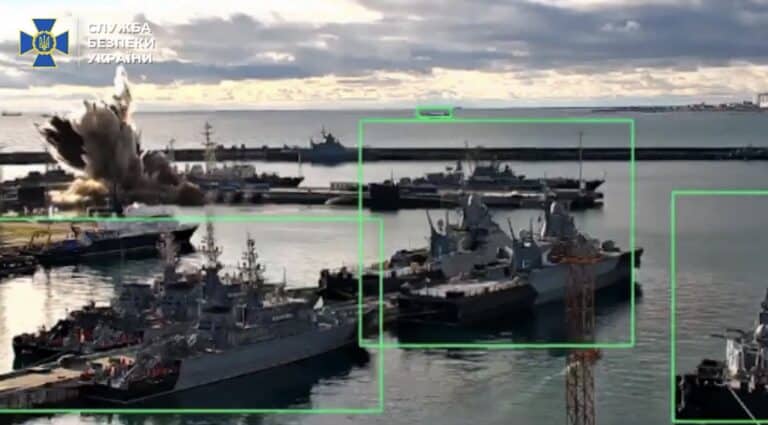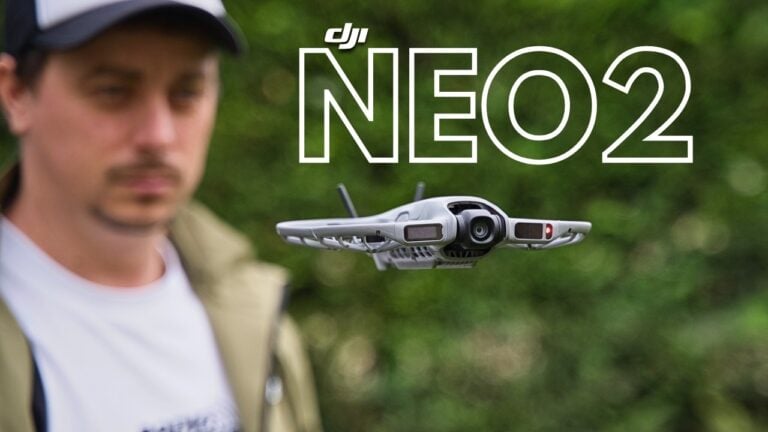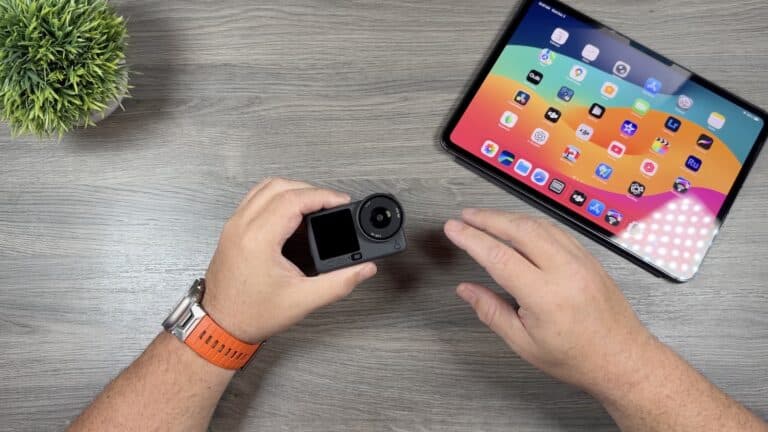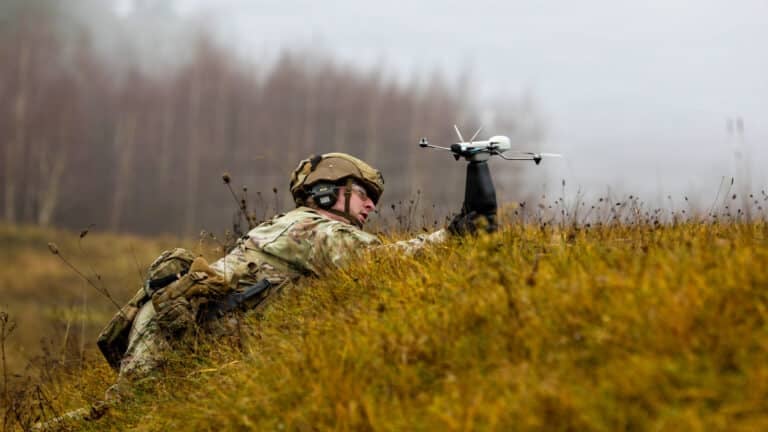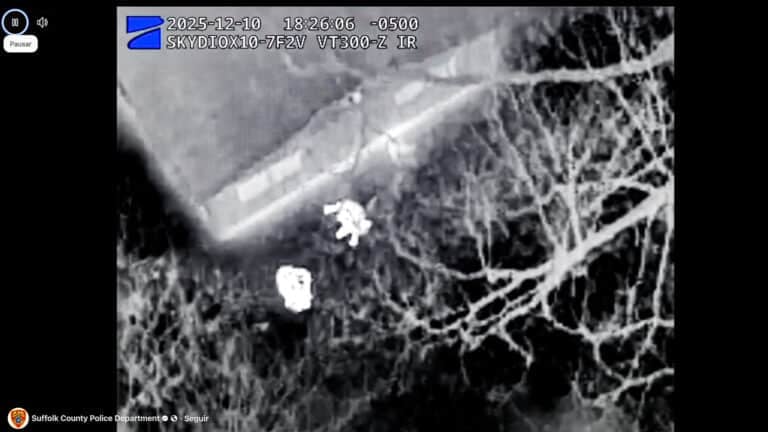North Dakota’s Drone Delivery Breakthrough: Medical Supplies Soar 80 Miles in 35 Minutes

Amazon Drone Deals: DJI Mini 5 Pro Fly More Combo with DJI RC2 now for $1,099!
Hold onto your stethoscopes, DroneXL readers, because North Dakota just pulled off a game-changing drone delivery that’s rewriting rural healthcare! In a landmark trial, a Supervolo drone zipped medical supplies 80 miles (128 km) from Williston to Watford City in just over 35 minutes—half the time of traditional ground transport.

Part of Project Rural Reach, this beyond-visual-line-of-sight (BVLOS) mission proves drones can bridge critical gaps in remote areas, potentially saving lives where every minute counts. With the University of North Dakota’s Center for Innovation, iSight Drone Services, and Vantis leading the charge, this flight is a beacon of hope for rural communities. Let’s unpack how this high-flying feat is set to transform medical logistics and why it’s got us buzzing.
What’s Happening in North Dakota?
On July 24, 2025, Project Rural Reach, a federally funded initiative led by UND’s Center for Innovation, made history with a BVLOS drone delivery. A Supervolo drone, operated by iSight Drone Services, carried medical supplies across 80 miles of North Dakota’s rugged prairie from Williston to Watford City, landing at McKenzie Health in just over 35 minutes.
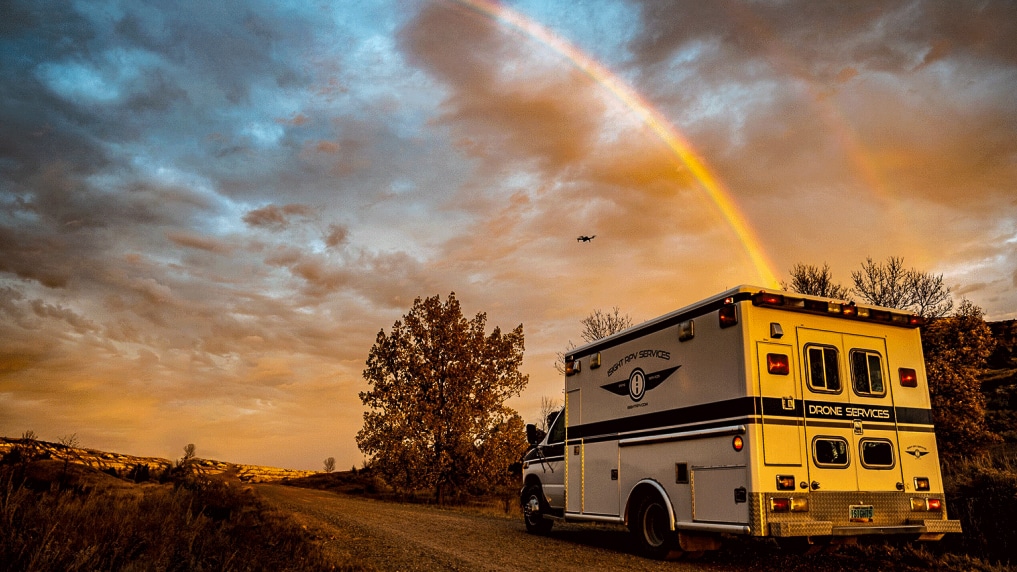
By road, this trip takes 60 to 90 minutes, a delay that can be critical in emergencies. “Instead of a delivery taking 60 to 90 minutes from start to finish, UAS technology can complete emergency medication deliveries in 35 minutes,” said Jeff Barta, project manager at UND’s Center for Innovation. “Those saved minutes could mean the difference between life and death, especially in underserved rural areas.”
The flight navigated a “dynamic, uncontrolled airspace” filled with low-flying, non-cooperative aircraft—think crop dusters without transponders—making it a bold test of BVLOS capabilities. North Dakota’s Vantis network, the nation’s first statewide UAS system, was key, providing real-time surveillance and command-and-control to ensure safe navigation. “What makes this operation so impactful is that it proves BVLOS can be done safely, even in complex, real-world rural environments,” said Erin Roesler, deputy executive director of the Northern Plains UAS Test Site (NPUASTS).
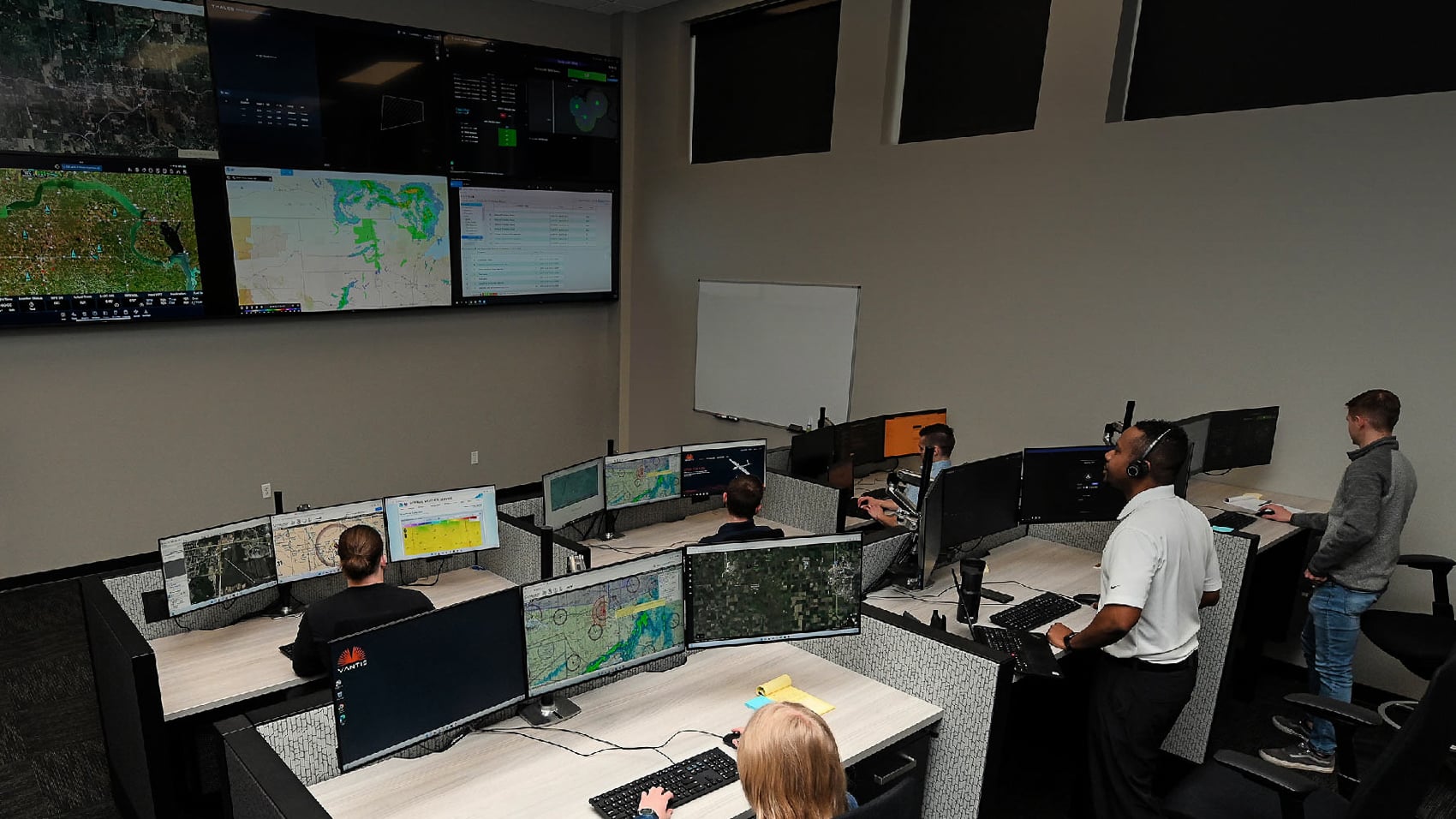
The drone, measuring over 6 feet long with a 10-foot wingspan, delivered its payload flawlessly, showcasing the potential to revolutionize rural healthcare logistics.
Project Rural Reach, funded by the U.S. Economic Development Administration’s ARPA program, aims to integrate drones into rural healthcare infrastructure. iSight Drone Services received $50,000 to test long-range deliveries, with goals to support reliable access to medical supplies, sustainable operations via renewable power, and rapid emergency response. Peter Edis, CEO of McKenzie Health, highlighted the stakes.
“The use of drones has the potential to enhance the delivery of health care by rapidly transporting crucial lab samples, medications, and supplies to and from remote clinics.”
This trial is the first of three planned use cases, with future flights set to explore disaster response and partnerships with emergency responders.
How It Compares
North Dakota’s Supervolo it’s unique in its BVLOS ambition. While Skyports operates in controlled European airspace, Project Rural Reach tackled North Dakota’s unpredictable rural skies, dodging untracked planes. Unlike Mer Bleue’s bomb-hunting drones, this mission is about speed and access, cutting delivery times in half to save lives.
Globally, it echoes India’s “Medicine from the Sky” project, where drones slashed eight-hour trips to 22 minutes in the Himalayas. But North Dakota’s 80-mile flight stands out for its scale and real-world complexity, proving BVLOS can work in sparse, uncontrolled regions. Compared to urban drone trials, like Delnor Hospital’s inter-site deliveries, this rural mission faces harsher logistics—vast distances, no road networks, and spotty communication. It’s a gritty, practical showcase of drones doing what trucks can’t, especially in areas where winter storms or staffing shortages delay care.
The Catch
This trial is a triumph, but it’s not without hurdles. BVLOS flights in rural airspace are risky—low-flying planes without transponders are a constant threat, and Vantis’ tech, while impressive, isn’t foolproof. Scaling up means more drones, more pilots, and more infrastructure, which could strain budgets. iSight’s $50,000 grant is a start, but sustained funding is critical. Weather’s another issue—North Dakota’s brutal winters could ground drones, and the Supervolo’s range and payload limits (unspecified but likely modest) may restrict what it can carry compared to ground vehicles.
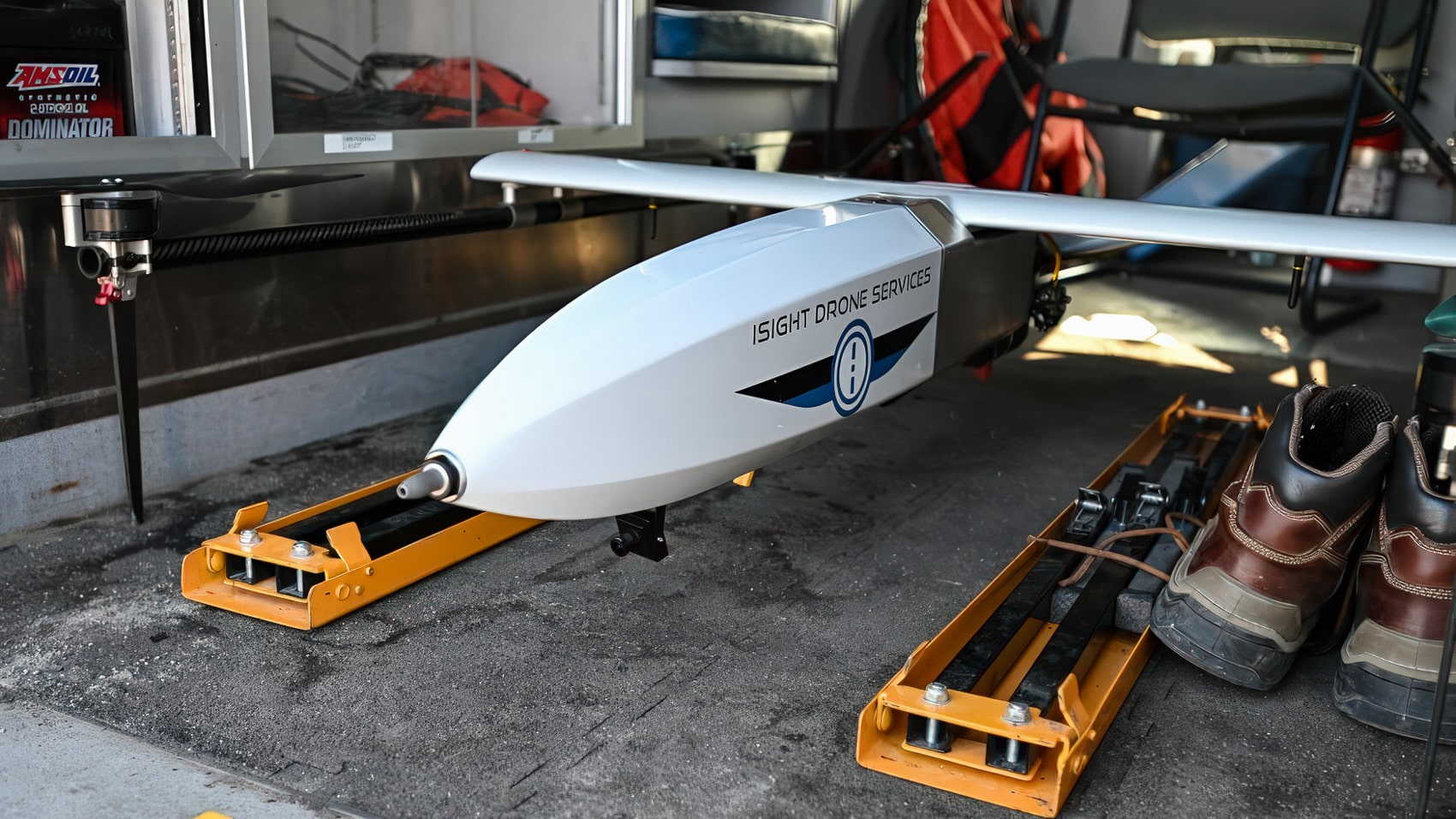
Data management is a concern too. Drones generate heaps of flight and surveillance data, and ensuring it’s secure and compliant with healthcare privacy laws (like HIPAA) is no small task. The trial’s success hinged on Vantis’ network, but expanding coverage across North Dakota’s 70,000 square miles will take time and investment. Plus, public perception matters—rural communities might balk at drones buzzing overhead, fearing noise or privacy breaches. Future tests, like those planned with Censys drones for disaster response, must prove reliability in extreme conditions to win trust.
The DroneXL Take
As a drone pilot who’s battled wind gusts for a clean shot, I’m floored by this North Dakota feat. An 80-mile BVLOS flight in 35 minutes, dodging rogue planes in wide-open prairie? That’s the kind of mission that makes my heart race. The Supervolo’s precision landing at McKenzie Health is a win for tech and humanity, showing drones can be lifelines where roads fail. This is drones tackling real stakes—delivering meds to remote clinics faster than a truck could dream.
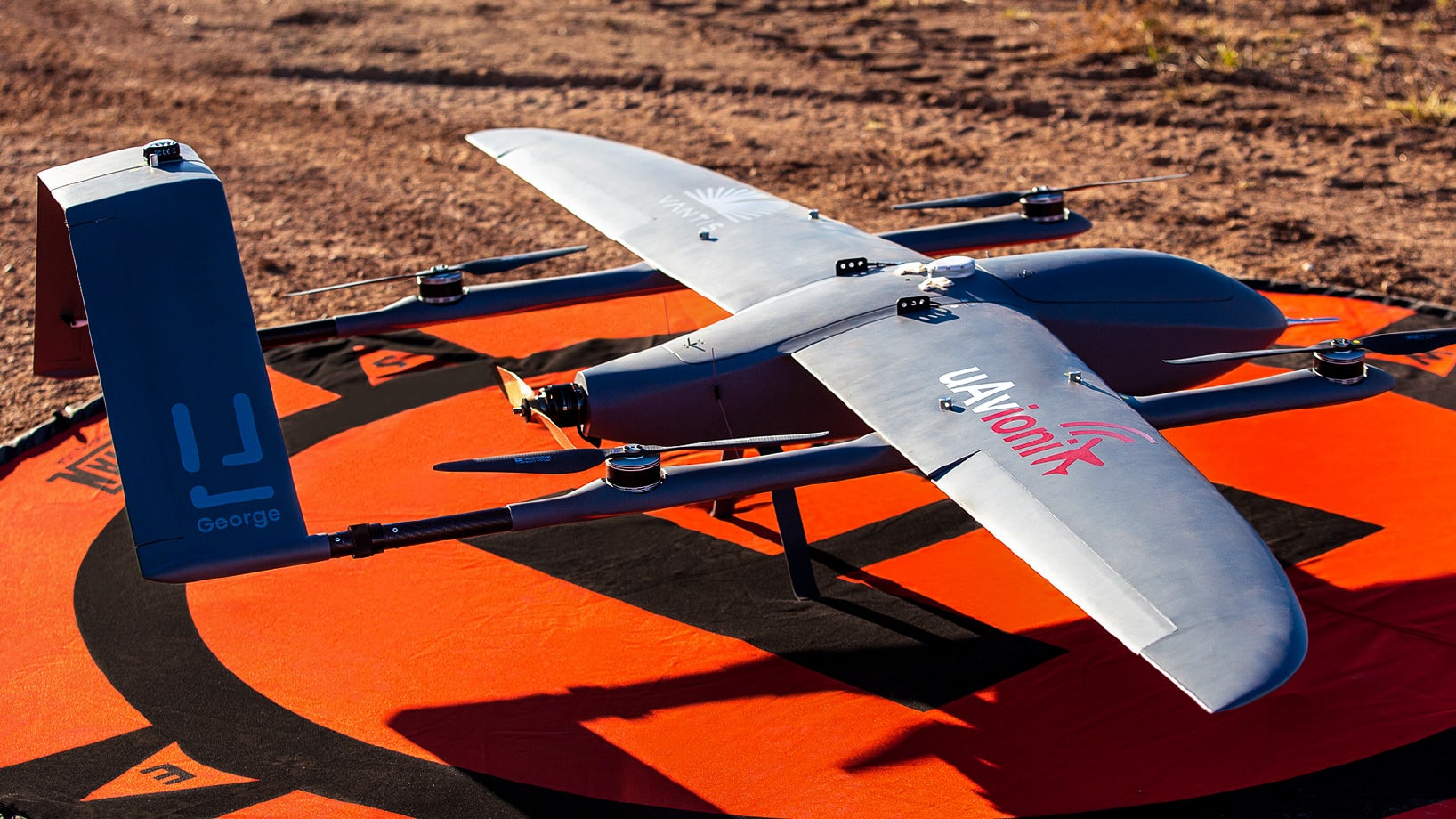
North Dakota’s trial is more than a tech flex—it’s a lifeline for rural communities. Places like Watford City, isolated by distance and weather, often wait hours for critical supplies. Cutting that to 35 minutes could save heart attack victims, overdose patients, or trauma cases where seconds count. The Vantis network’s ability to handle uncontrolled airspace sets a precedent for other rural regions, from Montana to Appalachia. It’s also a win for equity—rural areas, often underserved, get a shot at faster care.
For DroneXL readers, this is a call to see drones as more than gadgets. They’re tools for solving real problems, like getting insulin to a snowed-in clinic or blood samples to a lab before they spoil. North Dakota’s investment in Vantis since 2019 shows a state betting big on UAS, and this trial proves it’s paying off. As Project Rural Reach expands, it could inspire global rural healthcare models, blending innovation with impact. So next time you’re in the prairie, look up—you might spot a drone saving a life.
I’m curious how they’ll handle blizzards or heavier payloads—my drones struggle in hard winds and medical supplies can get bulky. Vantis’ network is a beast, but scaling it statewide sounds like a wallet-buster. If UND and iSight pull this off, they could set a global standard for rural drone deliveries. It’s a reminder that drones aren’t just for war or selfies—they’re changing lives in places like Watford City. What do you think—ready for drones to be rural healthcare heroes? Drop your thoughts in the comments and let’s keep this soaring!
Photographs courtesy of Northern Plains UAS Test Site and iSight Drone Services
Discover more from DroneXL.co
Subscribe to get the latest posts sent to your email.
Check out our Classic Line of T-Shirts, Polos, Hoodies and more in our new store today!

MAKE YOUR VOICE HEARD
Proposed legislation threatens your ability to use drones for fun, work, and safety. The Drone Advocacy Alliance is fighting to ensure your voice is heard in these critical policy discussions.Join us and tell your elected officials to protect your right to fly.
Get your Part 107 Certificate
Pass the Part 107 test and take to the skies with the Pilot Institute. We have helped thousands of people become airplane and commercial drone pilots. Our courses are designed by industry experts to help you pass FAA tests and achieve your dreams.

Copyright © DroneXL.co 2025. All rights reserved. The content, images, and intellectual property on this website are protected by copyright law. Reproduction or distribution of any material without prior written permission from DroneXL.co is strictly prohibited. For permissions and inquiries, please contact us first. DroneXL.co is a proud partner of the Drone Advocacy Alliance. Be sure to check out DroneXL's sister site, EVXL.co, for all the latest news on electric vehicles.
FTC: DroneXL.co is an Amazon Associate and uses affiliate links that can generate income from qualifying purchases. We do not sell, share, rent out, or spam your email.





